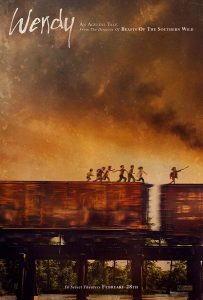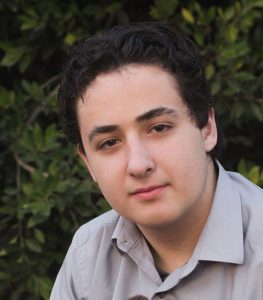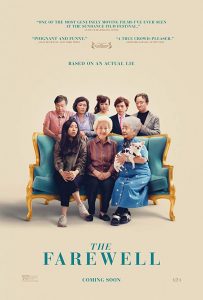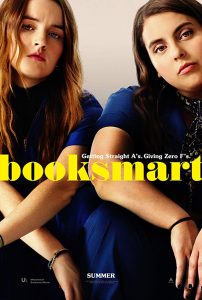Emma * A Cheerful Adaptation of Jane Austen’s Beloved Novel
Thursday, February 20th, 2020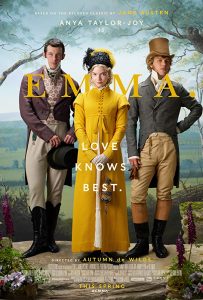
Jane Austen’s beloved comedy about finding your equal and earning your happy ending, is re-imagined in this film. Handsome, clever, and rich, Emma Woodhouse is a restless queen bee without rivals in her sleepy little town. In this glittering satire of social class and the pain of growing up, Emma must adventure through misguided matches and romantic missteps to find the love that has been there all along. KIDS FIRST! Film Critic Arjun N. comments, “Emma is a cheerful adaption of Jane Austen’s beloved novel. Readers of Jane Austen can rejoice as her characters come to screen.” See his full review below.
Emma
By Arjun Nair, KIDS FIRST! Film Critic, age 18
Emma is a cheerful adaptation of Jane Austen’s beloved novel. Readers of Jane Austen can rejoice as her characters come to screen. Others might not find this to be their cup of tea.
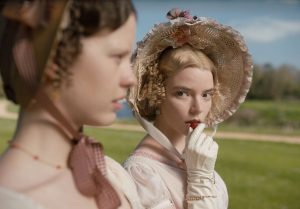
In this adaptation the “handsome, clever and rich” matchmaker Emma Woodhouse (Anya Taylor Joy) pursues her adventures through matches and romanticism to find love.
Anya Taylor Joy, as Emma, gives the best performance. Anya has grown from a being newcomer and this demanding performance proves that, allowing for eloquent speaking and characterization. Her conversations with other characters are straight out of the classic Victorian tale; keeping in mind, she is American. Her love interests are Johnny Flynn as Mr. Knightley, a dashingly critical friend, and Callum Turner as Frank Churchill, a rich gentleman. I also enjoyed Mia Goth as Harriet, as she helps Emma find her match.

Director Autumn de Wilde is artistic, but the pacing could be tighter. This is a slow movie as several scenes are long, drawn-out conversations. I feel this aspect is best achieved in books, though some movies can capture the audience’s attention like that. This movie really must be your forte for it to be enjoyable. The character’s parlance is always olden English, and there is a loss of stakes. The score by Isobel Waller-Bridge is authentically Georgian capturing the grounded roots of genteel women living in England.
The message of this film is to not rush love, as Emma and Harriet let time prove its worth after hasty pursuits. I give this film 4 out of 5 stars and recommend it for ages 7 to 18, due to brief nudity, even though younger kids might not be interested in watching this. The movie releases in theaters on February 21, 2020, so check it out.

